Shooting With Photography Film (Pros And Cons)
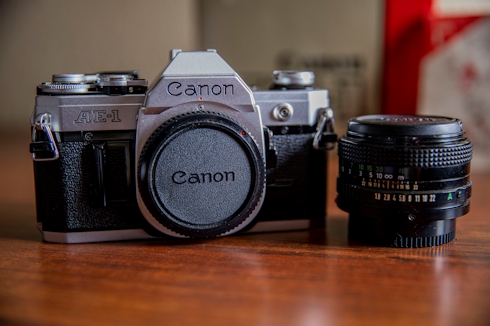
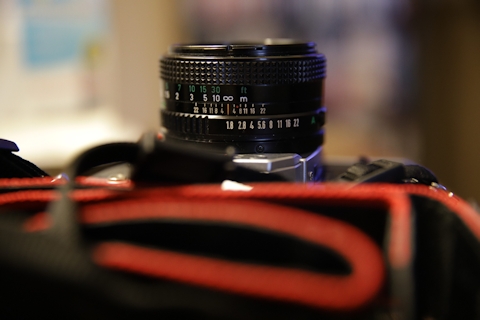
- Images and Words by Brandon Demery
It can be an intimidating thought to start shooting film these days. However, film photography comes with a wealth of benefits for pro and amateur photographers that are used to DSLR or mirrorless cameras.
Here are some of the advantages and disadvantages that I noted while using the Canon AE-1 (along with portraits that I shot over the course of one year).
PROS
1. It Slows You Down (In A Good Way)
I was firmly stuck in my ways as a digital shooter when I got the AE-1. “I need the speed and efficiency,” I said. At the time, I thought “shooting like that just isn’t viable anymore.” When I stopped worrying about how many frames per second and megapixels I was getting, however, I was able to focus on each shot individually.
The necessity of slowing down cannot be overstated. The perspective you have when you are truly dialed into the moment invariably affects the photographs you get— and they always get better. More importantly, I was able to engage with the subject and feel more connected to the photos and the process as a result.
2. Attention To Detail
As photographers, it’s easy to get swept up in the latest-and-greatest technological achievements in imaging. It is simply incredible what cameras are capable of in 2022 (yes, even the one on your phone). What can be lost, however, is a level of individuality and quality. For example, I also use the Canon R6 and I often walk away with a lot of shots. Even though many of them are technically well-executed, most of the shots still don’t end up making the cut.
This is precisely why I needed to shoot film: it made me slow down.
Brandon Demery (Product Manager at Inside Monthly)
Why is that? Well, sure, I can fire away, so long as I have space on my memory card. The combination of fast cards, an amazing processor, and things like dual-pixel eye autofocus are definitely useful. Unfortunately, what ends up happening is that I start shooting with settings in mind INSTEAD OF the subject. I often find myself crunching numbers and not really engaging with what I’m shooting. Whether the subject is a person, an animal or a building, a great photograph requires a genuine relationship with the photographer.

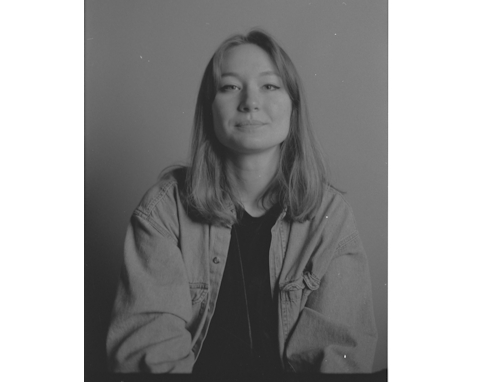
3. Physical Reward
No doubt the coolest part of shooting film is the fact that with a little practice and trial-and-error, you can make your own physical prints. Now, I know you can make prints of your digital photos. I also know that the technology and color rendition of my printer far exceeds those tired old methods! It’s no secret that your software of choice can be used to edit your photos to perfection before you even print them. All of this is true but what’s missing from that equation is YOU! There’s something meditative about being in a darkroom with no other distractions. There’s only you and the photo. Shooting, developing the film, and making prints of your photographs is a transformative process for a photographer.
I learned to love the process of image-making and respect the work of those who came before me. Even though I was limited to 36 exposures or less with film photgraphy, I still walked away with shots like Dorothea Lange’s Migrant Mother. I also learned to appreciate the heck out of the luxuries we’ve been afforded and implement new technology more effectively into my digital workflow. Now, I shoot far less pictures (even on my R6) and I still like what I come out with far more. Some of the portraits in this article were taken with the R6 after having thoroughly tested the AE-1.
Migrant Mother is a photograph taken in 1936 in Nipomo, California by American photographer Dorothea Lange during her spell at the Farm Security Administration.
Migrant Mother – Wikipedia

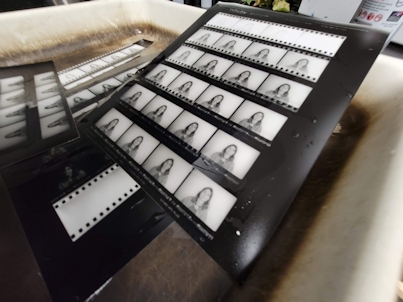
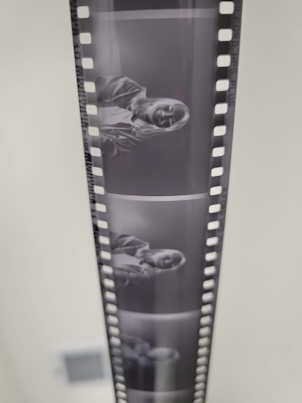
The advancement of cameras and lenses has changed the way we think about film photography, especially when shooting fast moving objects.
If you’re a beginner, learning the fundamentals on a film camera will put you a step above your peers (especially one as easy to use as the AE-1). If you’re an intermediate or a professional, don’t be too proud to further solidify your foundation because you’ll see improvement as a photographer as well.
CONS
1. It Slows You Down (In A Bad Way)
Hippie-dippie rant aside, I recognize that it can be detrimental for certain photographers (like sports shooters) to work solely with film. It’s important (and expected) for a photographer to get every frame of a quarterback’s throw or a golfer’s swing. The main standard has always been to get a decent set of pictures and newer camera systems can be much more convenient. They have the speed to capture shots that you would have otherwise missed out on by shooting with film.
2. Less Immediacy
If I shoot a portrait with my R6, I can show the model what they look like with the click of a button. If I have a film camera instead, then that immediacy is completely gone. Your workflow may require a faster turnaround with your pictures, especially if do not have the time or resources to develop film. In that case, digital is the way to go. As mentioned before, the world of photography has changed, and we would do well to change with it.
3. It’s Expensive
Finding a film camera and lens that work is totally manageable. The real issue is that the price of film is so high. Even the price of one roll of 36 exposures or less can have you feeling discouraged about the expense. It is an absolutely valid criticism. Working photographers can definitely benefit from the experience of shooting with film, but I won’t deny that it is harder to justify shooting with film regularly given the high cost these days.
I believe film photography is a beautiful process and more photographers should try it. It will be challenging (and even frustrating), but totally worth it.
Brandon Demery (Product Manager at Inside Monthly)









